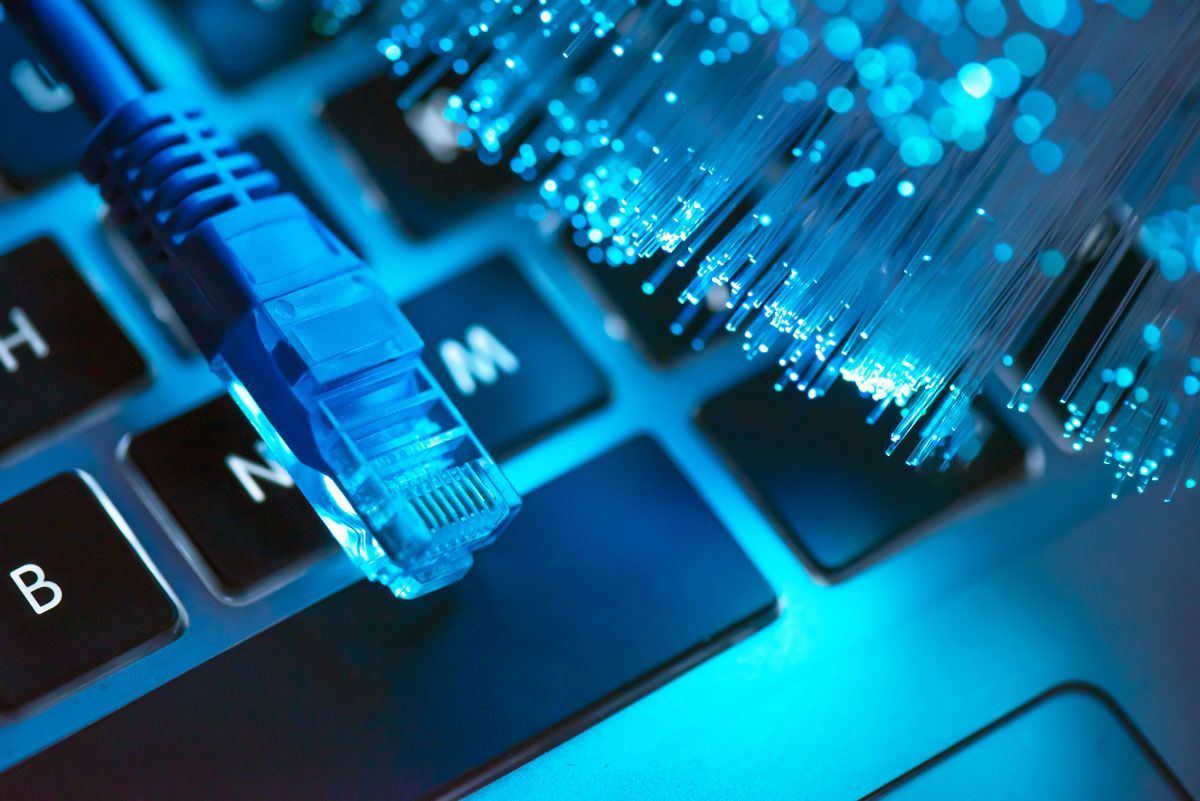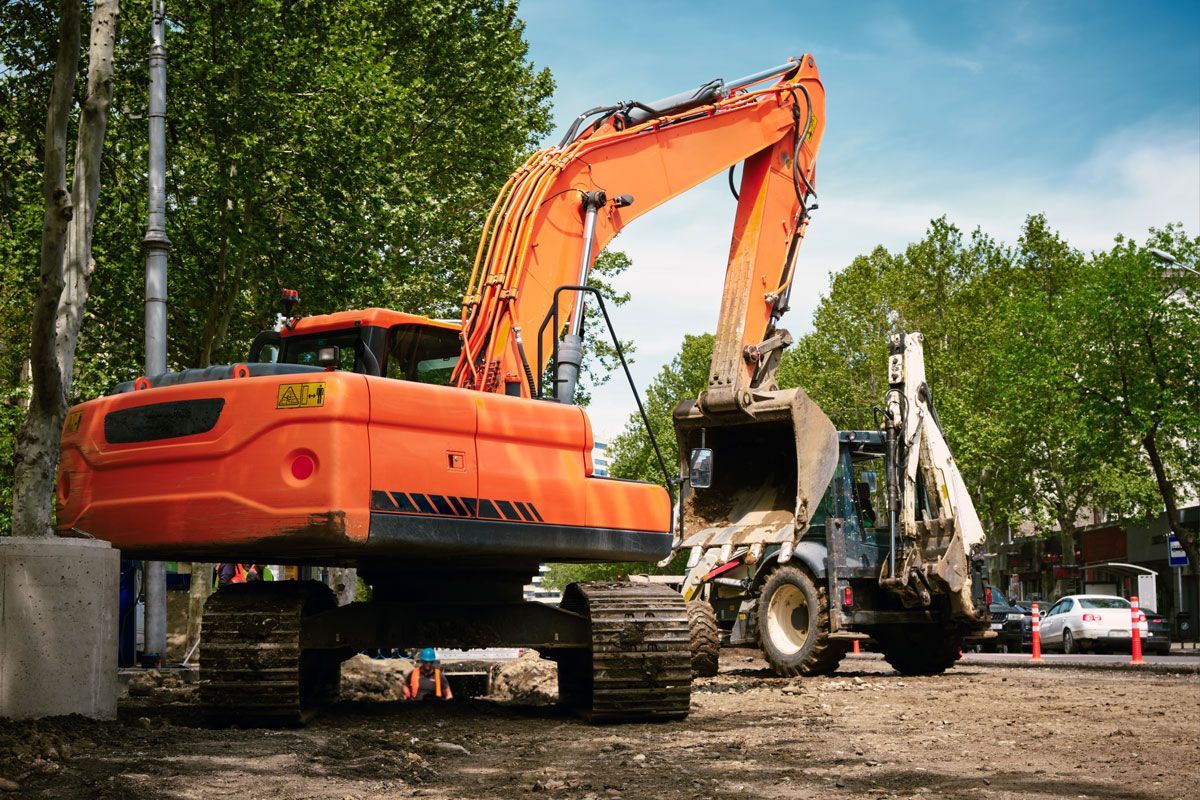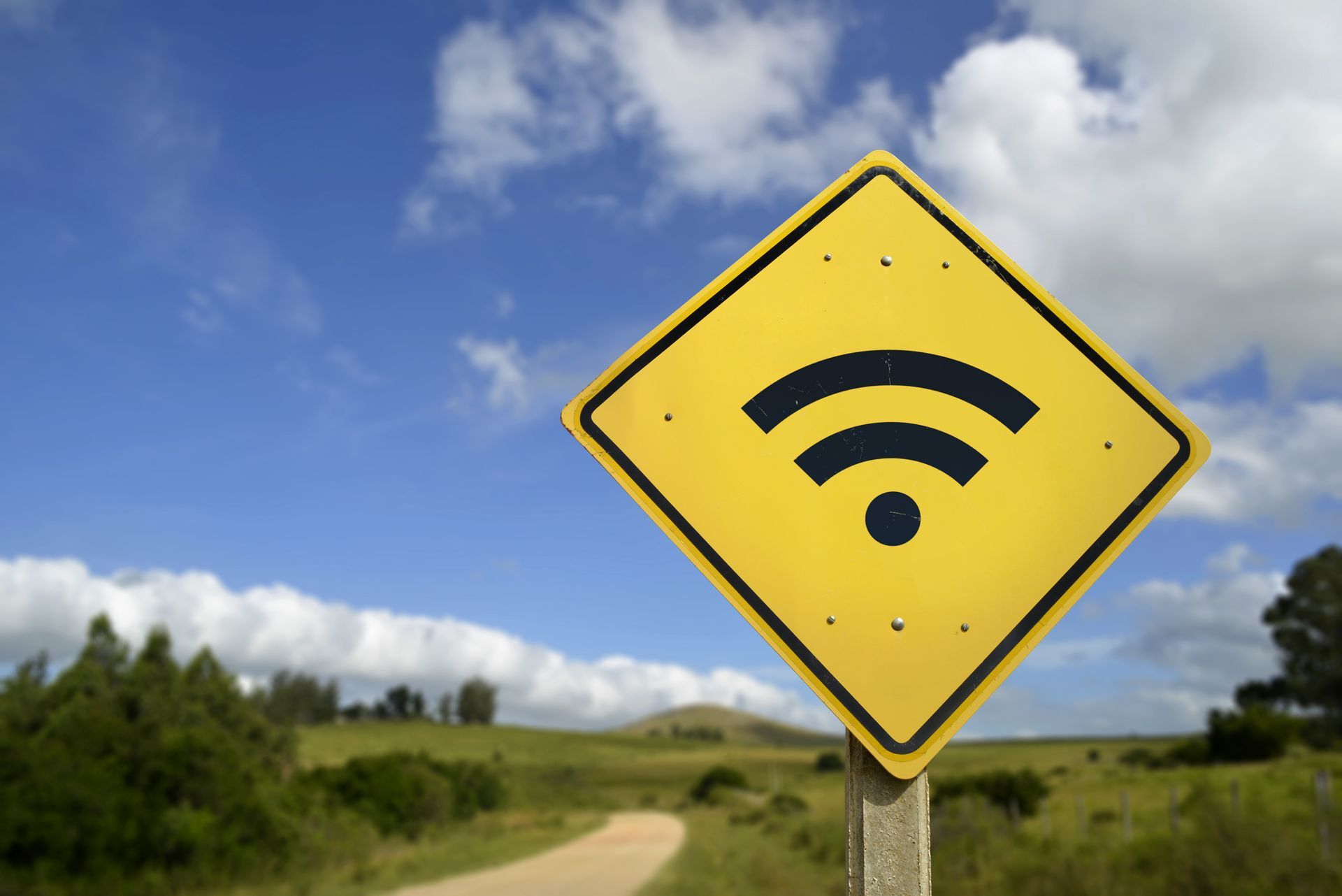Benefits of Fiber Optic Cable: Everything You Need To Know
With most of us working, shopping, gaming, and socializing online, it's no secret that fast internet is currently in high demand. That's why fiber optic cable offers higher-speed internet and has been gaining popularity across the United States.
Fiber optic cable is a type of cable that transmits data over long distances using pulses of light. This cable has a plastic or glass core, where the data is transmitted as light signals. The core is surrounded by coatings of protective material, like cladding, which keeps the light signals confined to the core. Surrounding the cladding is a coating and strength member, protecting the core from damage.
Fiber optic cable functions on the principle of total internal reflection, in which light signals bounce off the inner walls of the fiber without significant loss of intensity. These cables are used in various industries, like telecommunications, cable television, and internet services.
Fiber optic cables have many advantages over standard copper cables, including faster data speeds, transmission over longer distances, and immunity to electromagnetic interference. These cables are also much more durable than copper cables.
Because of the numerous benefits of fiber optic cable, the U.S. Department of Energy has expressed interest in expanding fiber optic networks as part of its initiatives to modernize and enhance the nation's energy infrastructure – a worthy investment!
Higher Internet Speed And Faster Data Transmission
Fiber optic cables can send more data over longer distances and faster than other communication mediums, resulting in higher-speed internet. In fact, a single fiber optic cable can carry 44 terabits per second. That's about a million times faster than the average internet speed in the United States!
So, how is fiber optic significantly faster than other transmission methods? There are a few different reasons. First, because the core of a fiber optic cable is made of glass or plastic, it has a much lower signal attenuation, or loss of signal strength, than copper cables. This allows light signals to travel over greater distances without significant degradation.
Fiber optic cables also have a much higher bandwidth, which refers to the amount of data that can be transmitted in a given time period. Light pulses allow for a broader range of frequencies and a higher data-carrying capacity.
Light travels at extremely high speeds, and since fiber optic cables send data using light pulses, the transmission speed is close to the speed of light in a vacuum. Plus, unlike copper cables, fiber optics are not susceptible to electromagnetic interference. This makes them more reliable in environments where EMI could degrade the signal quality, like in industrial settings.
Because of these faster internet speeds, fiber optic connections have several advantages for homeowners:
- More reliable: Homeowners will have stable and reliable connections since fiber optic networks are more resistant to electromagnetic interference, inclement weather, and temperature fluctuations. As a result, the user will have fewer outages or interruptions.
- Long-distance data transmission: Copper cables don't do well with long-distance data transmission. While fiber optics only loses about 3% of its signal strength over 100 meters, copper loses 94% over the same distance.
- More bandwidth: Steaming on multiple devices will be as seamless as possible due to the high bandwidth of fiber optic cables.
- Increased security:
Compared to copper cables, fiber optic has better security because it is more difficult for unauthorized users to access data as it is being transmitted.
Increased Reliability and Safety
Because fiber optic cables use pulses of light to transmit data, the light signals are not susceptible to electromagnetic fields and do not generate electromagnetic fields themselves. As a result, fiber optic cables are not affected by external EMI from sources such as power lines, electronic devices, or radio frequencies.
The core of a fiber optic cable is typically made of glass or plastic, which is a dielectric material. Unlike conductive materials like copper, dielectric materials do not conduct electricity, further reducing the susceptibility of fiber optic cables to EMI.
Since fiber optic cables do not carry an electrical current, they eliminate the risk of electrical fires caused by sparks or short circuits. Unlike electrical wires that need to be grounded for safety reasons, fiber optic cables do not require grounding since they do not carry electric current.
Fiber optic cables are not susceptible to power surges that can damage electronic devices connected to copper cables. Additionally, since fiber optic cables do not carry electrical current, they do not produce sparks. The reduced risk of power surges and sparks makes fiber optic cables a safer choice for home use, providing homeowners with peace of mind about the safety of their electrical infrastructure.
Improved Signal Quality
While fiber optic cables use light for data transmission, resulting in a better signal, what exactly does this mean for homeowners? Better and faster signals come with several benefits, including:
- Clarity during phone calls: Light signals minimize signal loss, resulting in sharper and more intelligible phone calls. Homeowners experience improved voice quality, reduced background noise, and fewer conversation disruptions.
- Reduced interference with TV services: Television services transmitted over fiber optic cables are less prone to distortions and disruptions caused by nearby electronic devices, power lines, or other sources of interference.
These benefits of fiber optic cable are primarily due to its ability to maintain good signal quality over long distances. Light pulses travel through the core of the cable by reflecting off the sides. Other than the light source, power is not required to transmit a signal. These light pulses will travel for several miles before they weaken and must be regenerated.
The smaller the core, the further the light travels before it needs to be regenerated. Single Mode Fiber, or SMG, has a small core, allowing the light to travel up to 100 kilometers, while Multimode Fiber, or MMF, has a larger core that can carry more data but may have problems over long distances. Either way, fiber optic cables are still more efficient than copper cables when it comes to signal attenuation.
Future-Proofing Your Home
Fiber optic infrastructure is one of the best ways to future-proof your home. Because technology is advancing faster than ever, with virtual reality, video calls, augmented reality, and AI services, your internet will need to keep up accordingly. These technologies demand robust, high-speed internet, which fiber optics can seamlessly provide.
Fiber optic networks have a high capacity for upgrades without the need for extensive infrastructure changes. As technology advances, service providers can enhance the network's capabilities by simply upgrading the equipment on either end of the fiber optic cable.
Additionally, because copper is a finite resource, fiber optic cables, made with plastic or glass, are more environmentally friendly than copper cables. Fiber optic cables will only become more popular as the world moves to greener initiatives.
Installing fiber optic cable in your home will not only prepare it for the technological demands of the future but will also enhance its overall value in the real estate market. In a digital age where connectivity is a priority, homes equipped with fiber optic infrastructure are more attractive to potential buyers. The prospect of high-speed internet, low latency, and reliability will add significant value to your property.
Conclusion
Fiber optic infrastructure has seemingly endless advantages for homeowners, including higher-speed internet, faster data transmission, increased reliability and safety, improved signal quality, and increased home value.
The benefits of fiber optic cables make this technology worth considering for your home –
check out our website to learn more about fiber optic internet, or
contact Hunt Communications today for more information on installation!
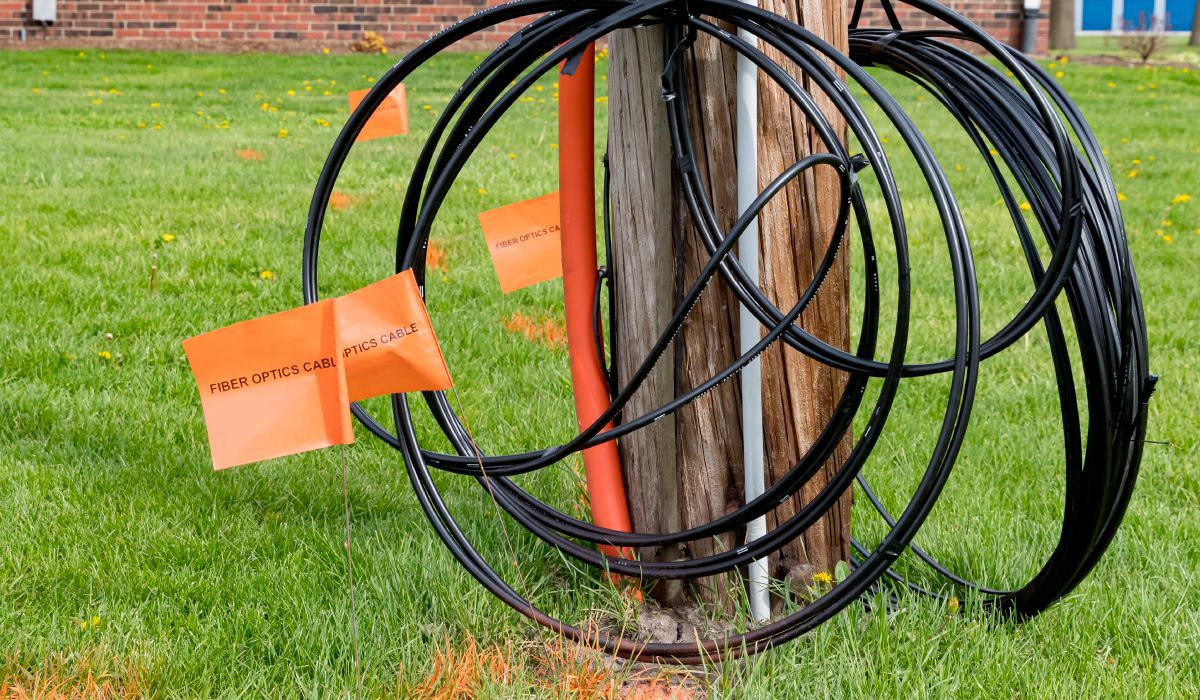

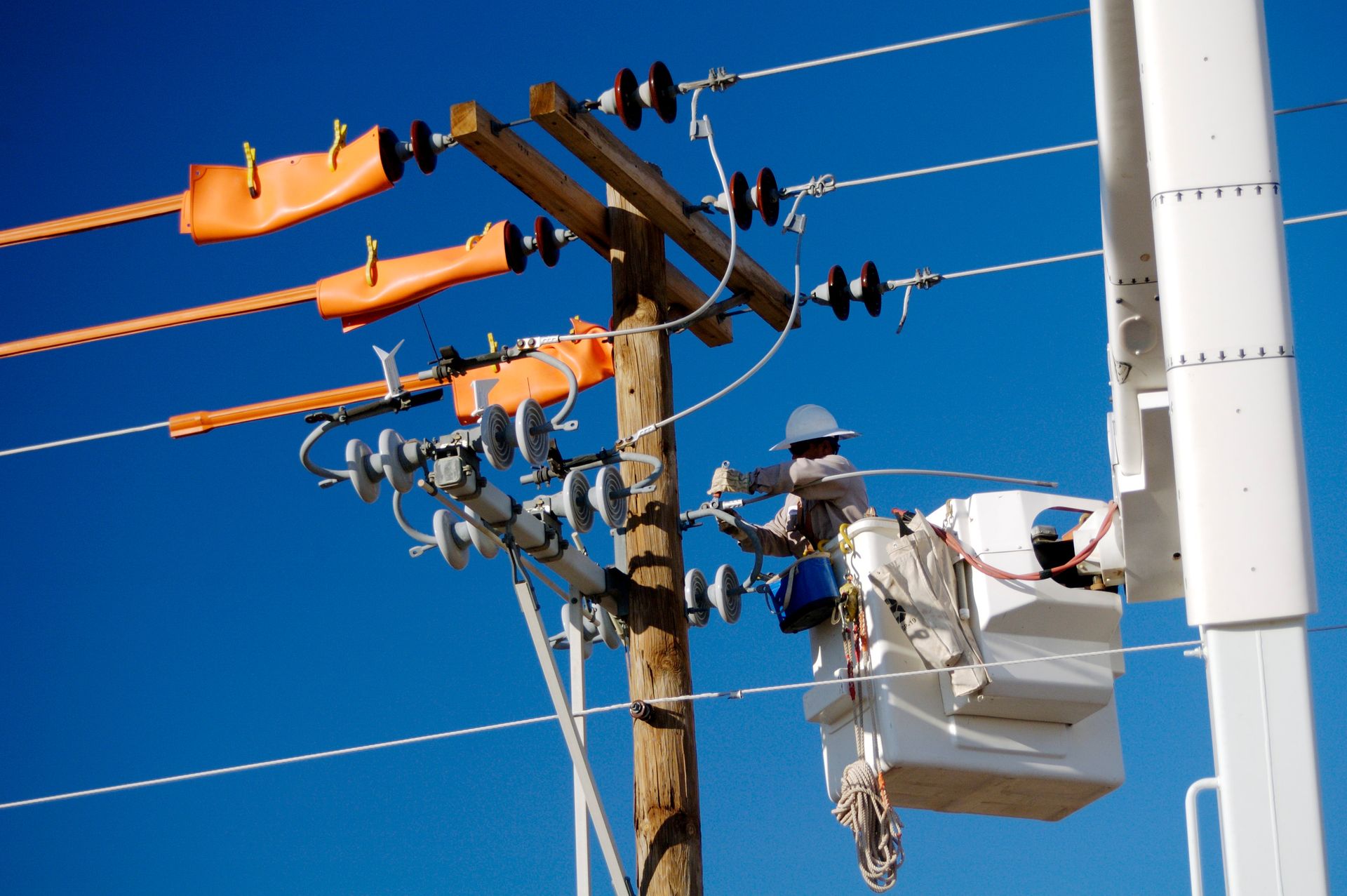
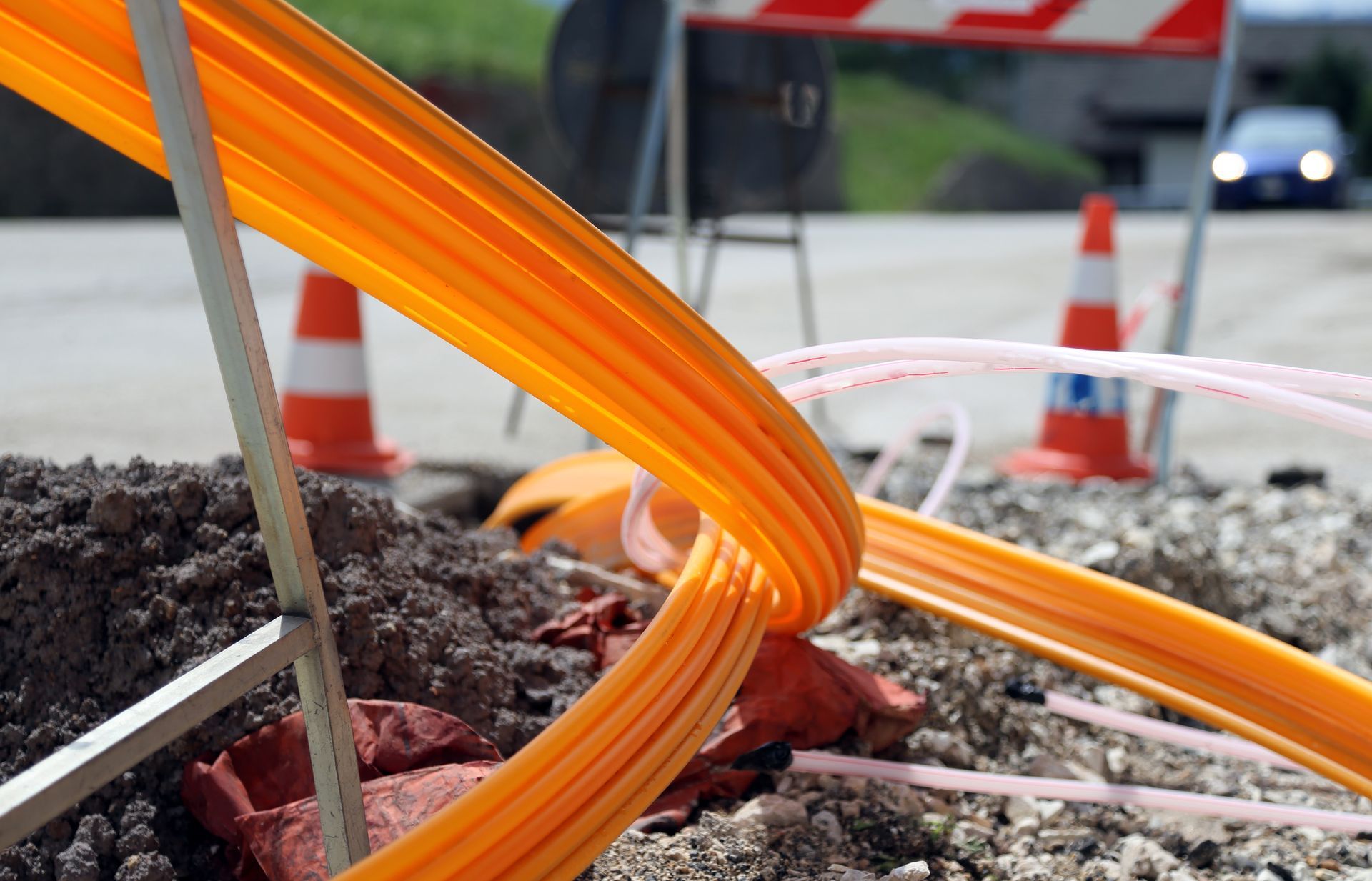
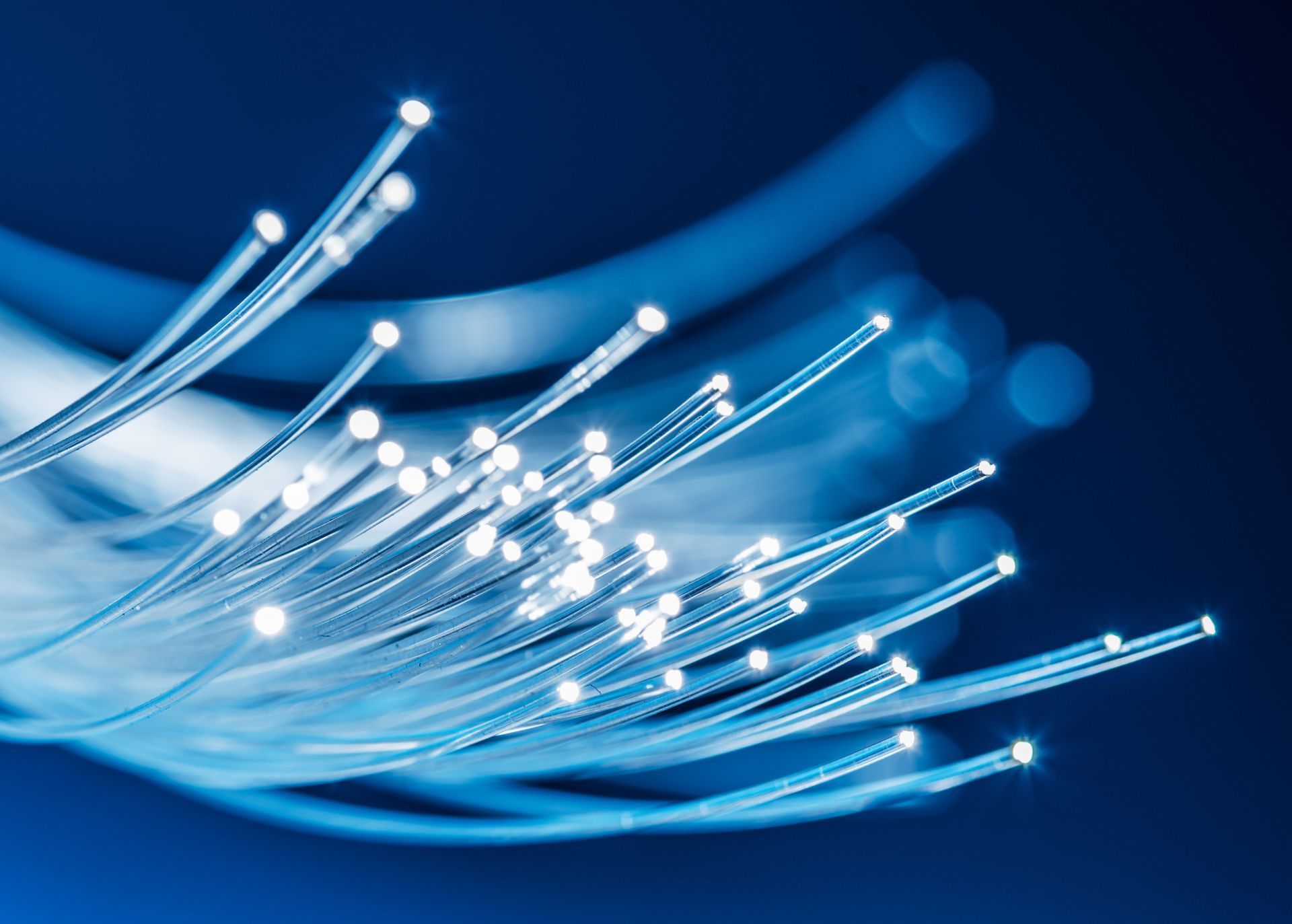
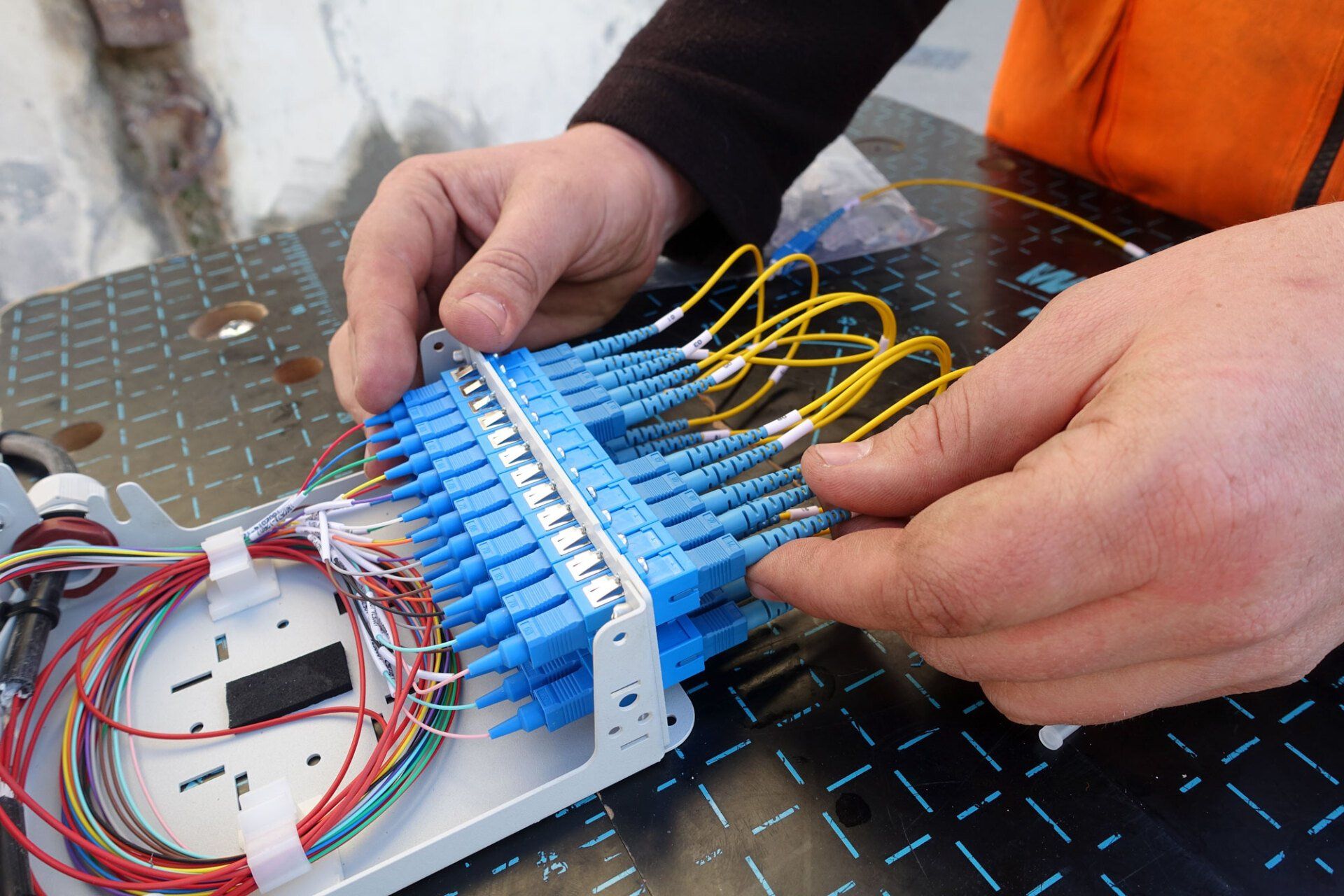
All Rights Reserved | Hunt Communications
